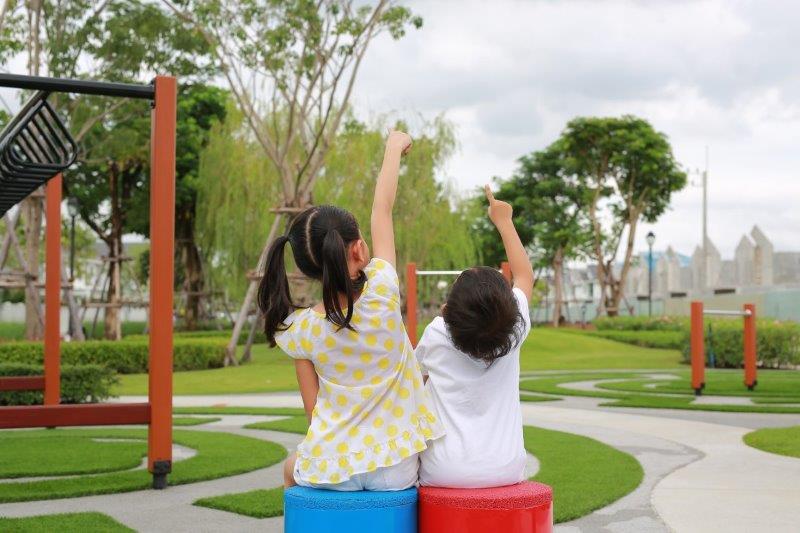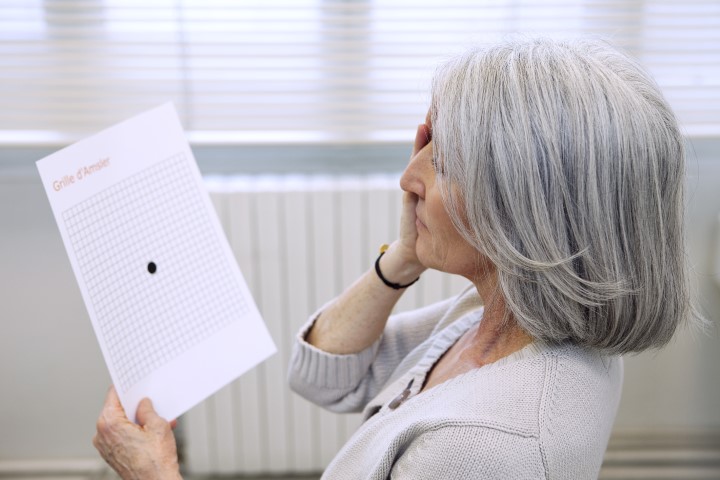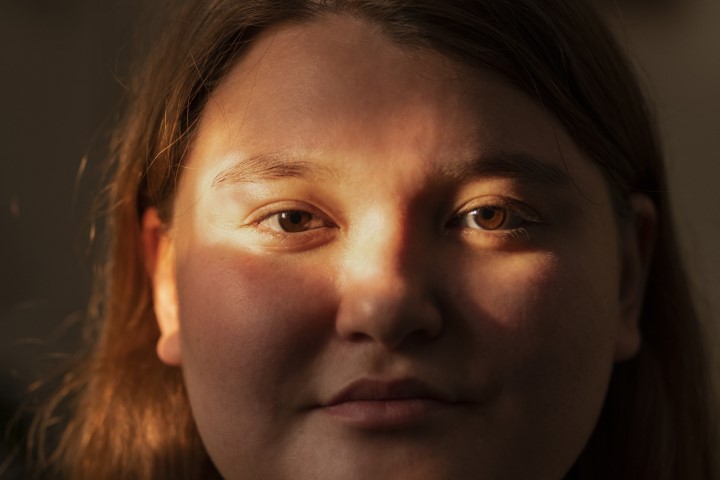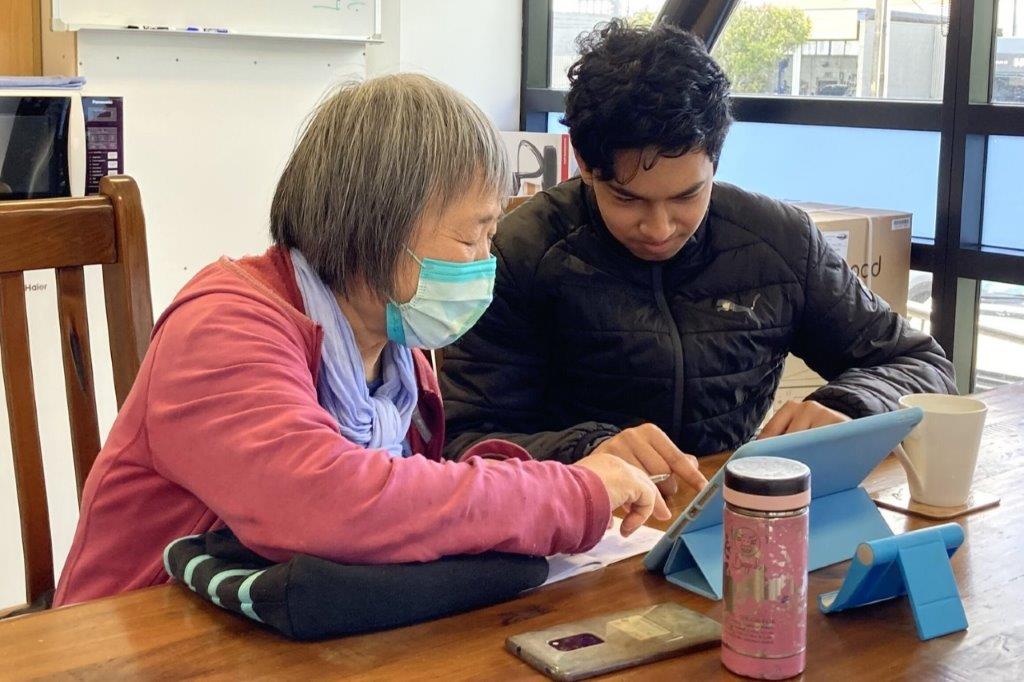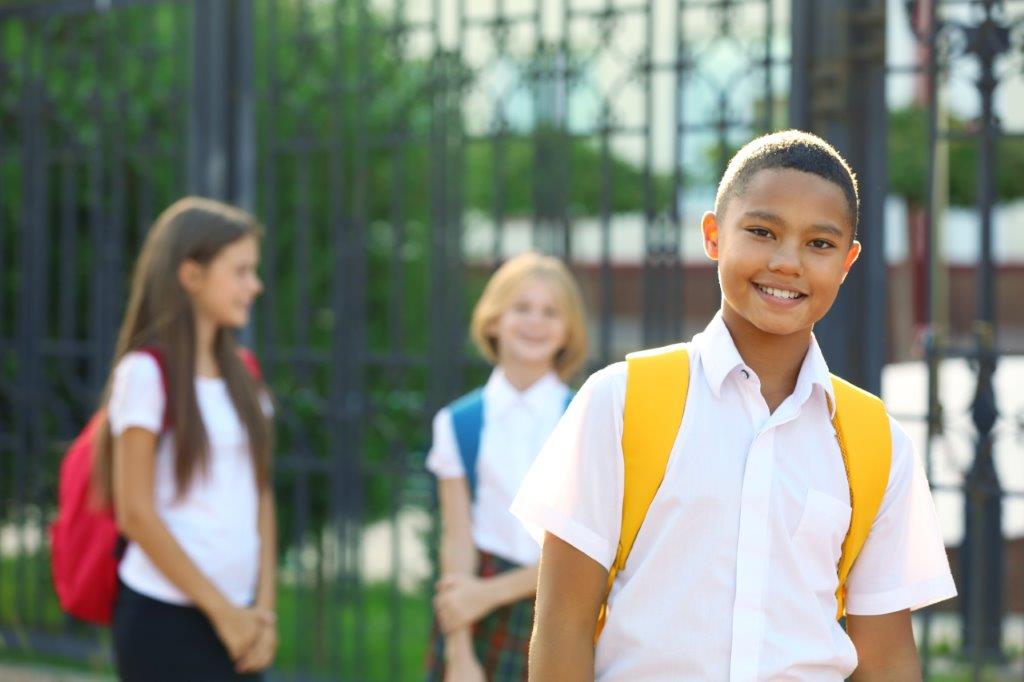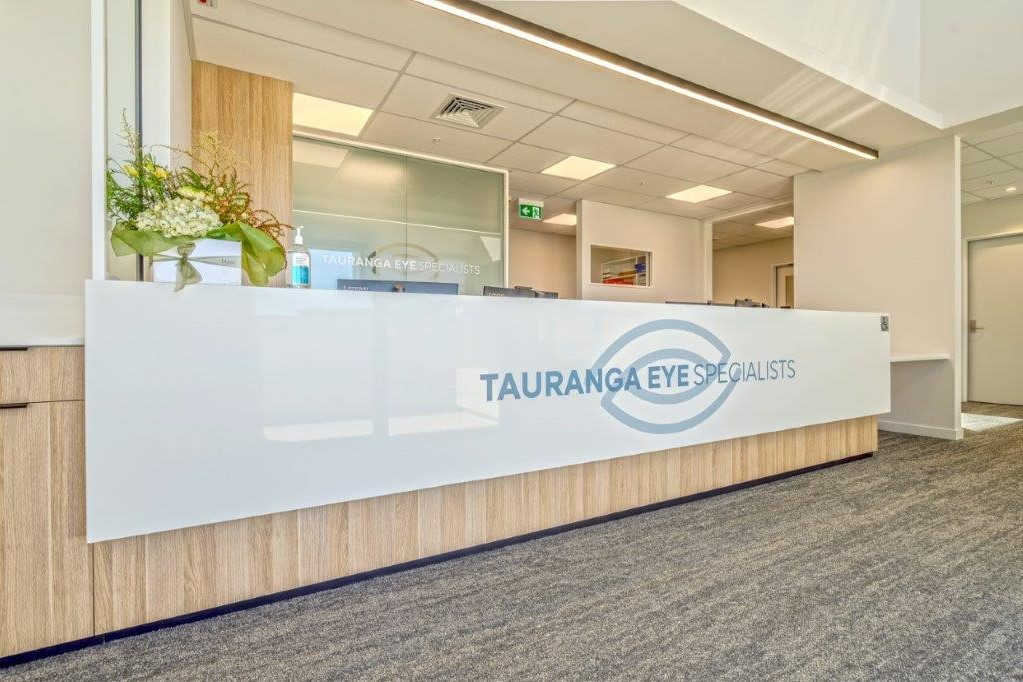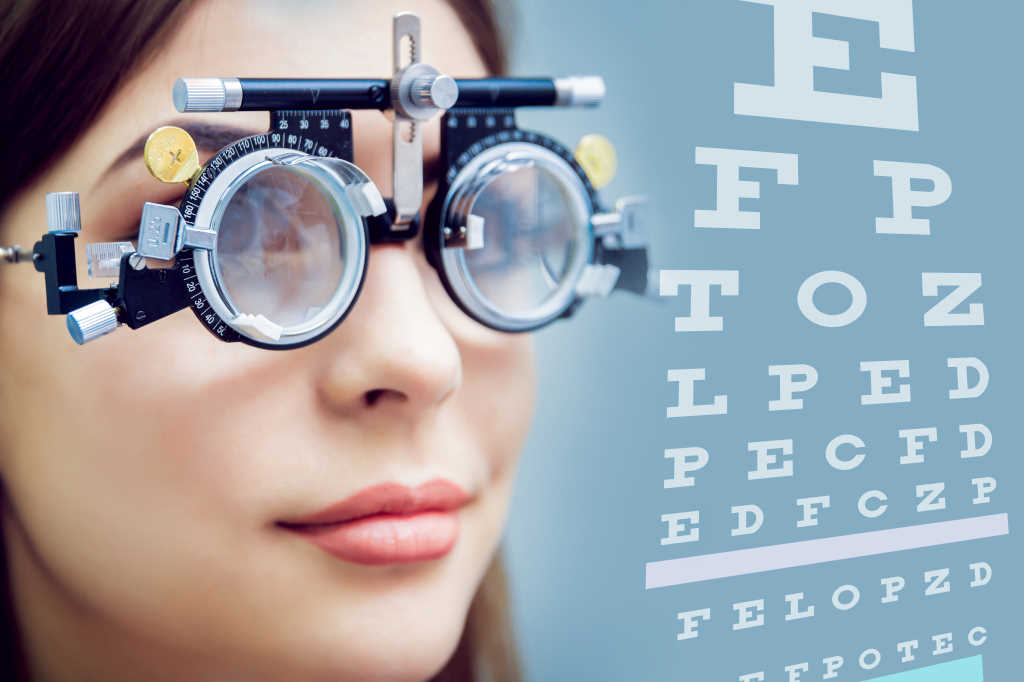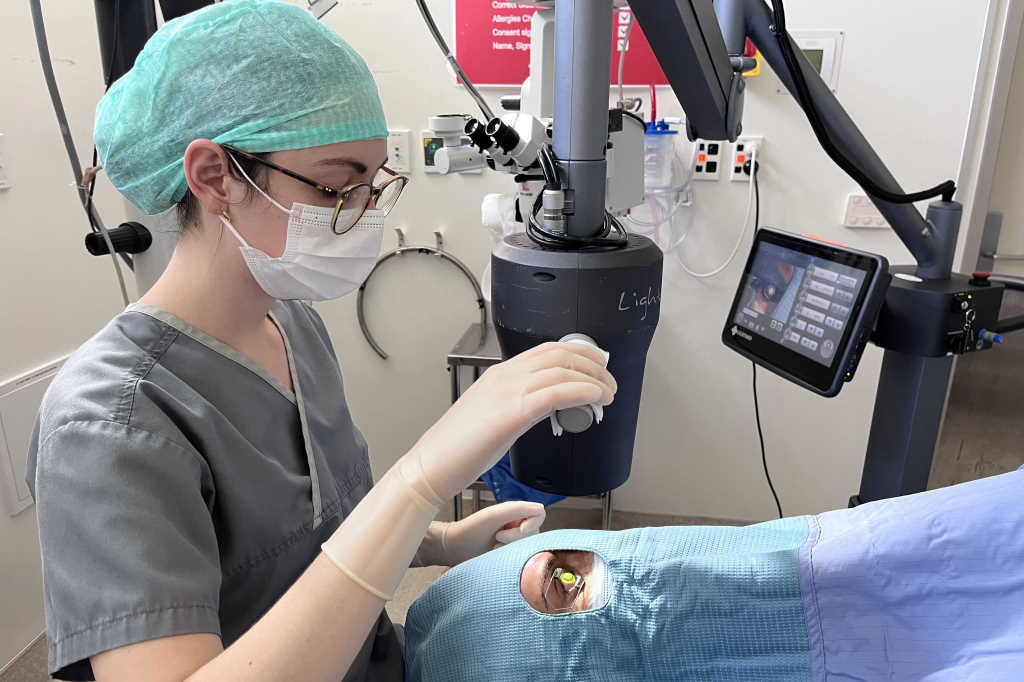Further evidence that outdoor time reduces myopia
A Chinese study found continued outdoor exposure to sunlight of an intensity of more than 2,000 lux for at least 15 minutes was associated with less myopic shift in schoolchildren.
Writing in JAMA Network Open, researchers from Shanghai Eye Hospital and Shanghai General Hospital said 2,976 children (mean age 7.2 years) without myopia at baseline wore smartwatches for a minimum of six hours daily for at least 90 days. Time outdoors and sunlight intensity were measured by the smartwatch.
Researchers said they found time outdoors and sunlight intensity had an additive interaction on myopic shift. “The protective effect of time outdoors concurs with existing studies that have highlighted the importance of increasing daily time spent outdoors in preventing myopia.”
Sunlight intensity was a key factor, with the children in this study exposed to similar light levels, relative to their counterparts overseas, despite spending less time outdoors, said authors.
“Most average light levels were less than 2,500 lux. This observation of time outdoors contrasted with reports from similarly aged children in Australia and the UK,” they said. Those children spent at least two to three hours outdoors per day, but experienced light levels similar to Australian children aged 10–15 years (1,072 lux) in a 2015 paper and US children aged 5–10 years (1,627 lux) in a 2018 paper.
“These findings suggest that future outdoor interventions should focus not only on the overall time outdoors but also on the effective outdoor exposure patterns, as a means to effectively prevent myopia in children,” they said.










